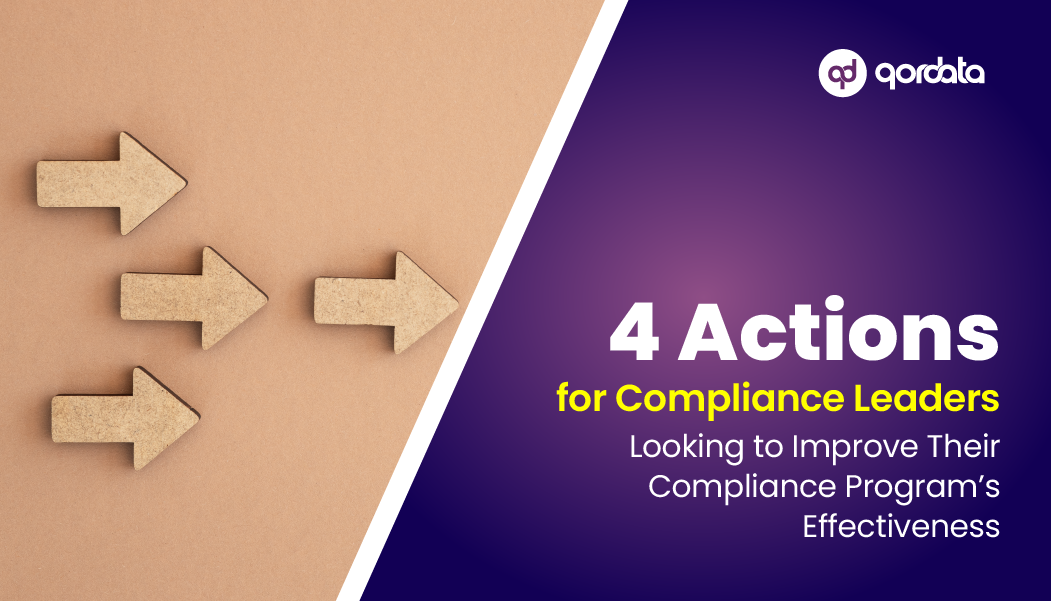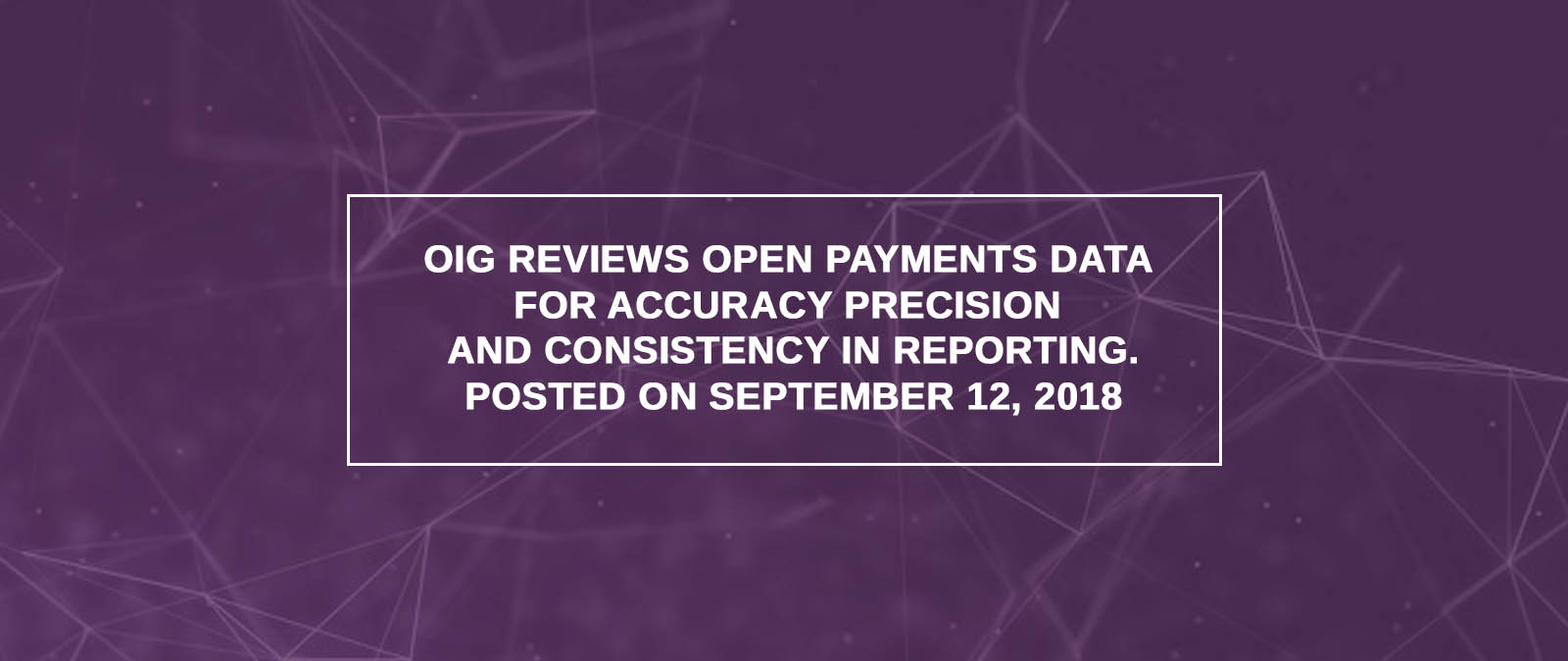Table of Contents
ToggleRegulatory demands for life sciences companies have evolved significantly over the years. In the past, regulations were primarily focused on product safety and efficacy.
However, today, regulations also encompass many other areas, such as reporting all transactions to the Center for Medicare and Medicaid Services (transparency reporting), ensuring compliant third-party engagements, and more.
Combined with heightened scrutiny by the U.S Department of Justice and other regulatory authorities, adherence to laws and regulations governing life sciences companies becomes even more critical.
On top of this, life sciences companies operating globally must comply with various regulatory regimes. All of this adds more complexity to ensuring compliance in the industry, let alone monitoring all business areas to identify and remediate risks.
These are a few of the many reasons why technology has become an imperative for compliance in the life sciences industry. Automation, data analytics, and artificial intelligence (A.I) are having a significant impact on compliance.
Automated compliance monitoring enables professionals to streamline manual and time-consuming tasks, such as monitoring compliance in real-time, freeing compliance officers to focus on other strategic initiatives.
Artificial intelligence empowers compliance professionals to dive into compliance data analytics to identify trends and patterns in their data that may indicate potential problems.
These few use cases validate the necessity of compliance advancements to help life sciences companies and compliance professionals move past identifying and mitigating the risk and start leveraging compliance data to derive value. Let’s explore how an advanced approach to compliance is the key to meeting new and complex regulatory demands.
6 Reasons Why Compliance Leaders Are Seeking Compliance Advancement
The life sciences industry is heavily regulated, and compliance leaders are increasingly seeking advanced solutions to augment the capabilities of their compliance programs and ensure effective regulatory adherence.
But what drives this demand for compliance advancements?
During our research, we uncovered that there is more than one aspect of compliance in the life sciences industry that demands compliance advancements, and we have included the most prominent ones below:
1. Strict Governance & Dynamic Regulations
Life sciences companies operate in a highly regulated environment, with strict governance requirements and dynamic regulations.
This poses a significant challenge for compliance leaders, who ensure their organizations remain compliant.
Traditionally, compliance leaders have relied on manual processes and point solutions to monitor compliance. However, these approaches are often insufficient to meet the demands of the modern regulatory landscape.
Manual processes are time-consuming, error-prone, and lack scalability. Point solutions often fail to provide a holistic view of compliance data, making identifying and mitigating risks difficult.
2. Research Supporting Compliance Advancements
A recent survey found that 53% of chief compliance officers (CCOs) said that they are looking to enhance technology and data analytics in their compliance programs.
Additionally, 33% of CCOs said that they are prioritizing the automation of monitoring and testing in the next two years. This research supports the view that compliance advancements are the way forward for life sciences companies.
3. The Challenge of Manual Approach to Compliance
The manual approach to identifying compliance risks is a time-consuming and error-prone process.
Compliance leaders often must cobble together data from different sources, which can be difficult and time-consuming. Manual data analysis can also be prone to errors, leading to missed compliance risks.
4. Compliance Advancement Augments Compliance Program Capabilities
Compliance advancements, such as automation and artificial intelligence, can augment the capabilities of compliance programs in various ways.
These advancements can help compliance leaders improve their programs’ efficiency and effectiveness, enhance their visibility into potential risks, take a proactive approach to compliance, and achieve continuous improvement.
Compliance advancements can also help compliance leaders gain a holistic view of their organization’s compliance posture.
For example, compliance dashboards can provide a real-time overview of crucial compliance indicators.
Data analytics can reveal trends in compliance data that may indicate potential problems. This information can help compliance leaders identify and address areas where their programs need augmentation.
5. Compliance Advancements Enable Regulatory Alignment and Address External Pressures
Compliance advancements enable compliance leaders to align their organizations with regulatory demands better and address external pressures.
By automating compliance tasks, streamlining workflows, and integrating data from different sources, compliance leaders can better understand their organization’s compliance posture and identify and mitigate risks more effectively.
This enables them to meet better the expectations of regulators, investors, and other stakeholders.
6. Compliance Data Analytics Enhances Compliance Program Maturity
Adding compliance data analytics to the compliance process further improves its effectiveness, enhancing its maturity level from reactive or passive to proactive.
By using data analytics to identify potential compliance risks and trends in real-time, compliance leaders can take proactive steps to prevent compliance problems from occurring in the first place.
This enables them to build a more resilient compliance program better equipped to handle the challenges of the modern regulatory landscape.
The Limitations of Traditional Compliance Methods
Traditional compliance methods are often insufficient to meet the demands of the modern regulatory landscape. In fact, automated or real-time compliance monitoring was almost non-existent a few years ago.
Hence, compliance professionals had to rely on conventional methods to monitor compliance. This resulted in high-risk areas being prone to risks that could potentially lead to regulatory sanctions, fines, and even reputational damage.
The following case studies highlight the importance of advanced compliance monitoring and give an idea of how risk manifests:
In 2012, a well-known pharmaceutical company agreed to pay $3 billion to settle allegations that the company engaged in illegal marketing practices for several of its drugs, including promoting the antidepressant Paxil for use in children, even though the drug had not been approved for use in this population.
This could’ve been avoided if the organization was leveraging a data-driven compliance monitoring solution to monitor all commercial activities.
Moreover, outlining the organization’s expectations for ethical behavior and compliance with applicable laws and regulations could also have helped prevent the illegal marketing practices in the GSK case, as employees would have been trained on the proper way to market drugs and the consequences of engaging in illegal behavior.
The following are a few other reasons why the traditional approach to compliance is no longer an option for life sciences companies:
- Traditional compliance relies on manual processes. For example, manually reviewing contracts for compliance with regulations can be tedious, time-consuming, and prone to error.
- As companies grow and their operations become more complex, scaling traditional compliance methods to meet the growing internal and regulatory demands can be difficult.
- Traditional methods often rely on siloed data and fragmented systems. This can make gaining a holistic view of compliance risks and trends difficult.
- The regulatory landscape constantly evolves, and traditional compliance methods can struggle to keep pace. This is because conventional compliance methods often rely on manual processes, which can be slow and cumbersome to update.
- Traditional approaches are often reactive, failing to prevent issues and leading to penalties. This is because traditional compliance methods usually focus on detecting and responding to compliance problems after they have occurred.
Overall, the limitations of the traditional approach to compliance are often insufficient to meet the demands of the modern regulatory landscape.
Adoption of an Advanced Approach to Compliance
Adopting an advanced approach to compliance can bring about a range of positive outcomes for life sciences companies.
By automating manual tasks, integrating data from disparate sources, and enabling a proactive approach to compliance, these solutions can free up compliance professionals to focus on more strategic initiatives, gain a holistic view of compliance risks and trends, and identify and mitigate potential problems before they arise.
This proactive compliance approach can significantly reduce fines, penalties, compliance issues, and findings. Additionally, meaningful insights from data can optimize risk management and control efficiency, while actionable data generated by measuring results can improve compliance processes. Predictive intelligence, planning, and backward-looking analysis and reporting can further enhance compliance effectiveness.
Ultimately, adopting advanced compliance solutions fosters an organization-wide ethical culture, making compliance an integral part of the life sciences or pharmaceutical company’s identity and earning the trust of regulators.
To Conclude
Former U.S Deputy Attorney General Paul McNulty once said, “If you think compliance is expensive, try non-compliance.”
Considering that 63% of compliance officers expect an increase in technology budget, it is safe to predict that the industry is moving away from traditional compliance and looking for advanced compliance monitoring.
Traditional compliance methods, often characterized by manual processes, siloed data, and reactive approaches, are no longer sufficient to meet the demands of the modern regulatory environment.
By investing in advanced compliance solutions, life sciences companies can not only achieve regulatory compliance but also foster a culture of integrity and transparency.
These advancements can empower organizations to become industry leaders in compliance, building trust with stakeholders and safeguarding patient safety.
As we move forward, the role of technology in compliance will only continue to grow. Life sciences companies that embrace innovation and adopt advanced compliance solutions will be well-positioned to thrive in this evolving regulatory environment.



